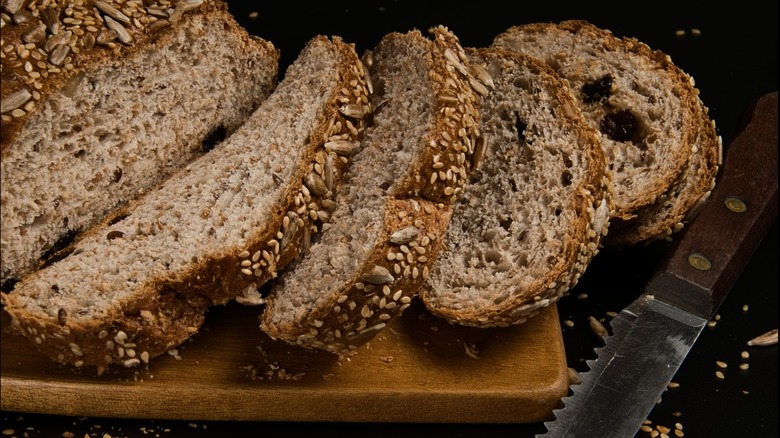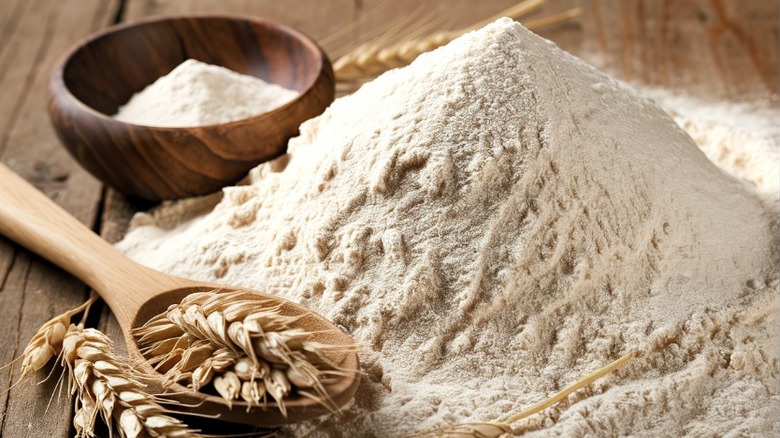Why Multi-Grain Bread Isn't Always What It Seems
Bread is a staple item all over the world and incorporated into the diets of many Americans (sometimes multiple times a day), but consumers have grown interested in choosing more nutritious bread options. In that pursuit, consumers will often rely on advertisements or product packaging to help make informed decisions. Unfortunately, in the world of food, large corporate brands cleverly market certain products as being "good" for our health; when in actuality, the saying 'looks can be deceiving' couldn't be more true. This is especially the case in the bread aisle. Multi-grain, whole grain, sprouted grain, whole wheat — who can keep it straight?
For many of us, when we see a word that means "more" such as multi-grain (or a high number associated with a heath specification, like 13-grain) we automatically assume that more equals more. The truth is, when you flip over the package to check the nutrition label, you'll notice that you really aren't purchasing anything "more" since what most brands really mean by multi-grain is that it contains oats or wheat by-product ingredients that are usually listed near the bottom of an ingredient list; indicating that the bread not only contains less of that ingredient, it's often not even the desirable parts of the grain being used. Since these added grains are hardly even present in their amounts, it barely creates a significant difference in the quality of nutrition. In fact, it usually decreases it.
Whole wheat bread is the way to go
You're probably wondering to yourself, "Is there even a nutritious bread option available?" The answer is yes — 100% whole wheat bread, 100% whole grain bread, or better yet, 100% sprouted whole grain bread are by far the most nutrient-rich bread varieties. Each of these breads are similar in ingredients and nutrient density because breads with this label are required to produce a product that uses the whole wheat kernel (or whatever grain type being used, whether that's amaranth or some other ancient grain) which means all of what the grain has to offer nutritionally isn't lost during processing. This allows all the bread to yield the highest amount of vitamins, minerals, fiber, and protein. In this case, more does in fact equal more. As for 100% sprouted whole grain bread, the only difference with this variety is that sprouted grains are soaked and germinated. Studies have shown that sprouted grain makes the bread more easily digestible and thus the nutrients are more efficiently absorbed.
Although multi-grain bread isn't as rich in nutrients as 100% whole wheat, its still going to be one step above white bread since white bread is only made from partial parts of wheat kernels; making white bread the least nutrient-dense. What's more, according the USDA MyPlate recommendations, American's should aim for at least half of the grains they consume to be whole grains. So, rest assured knowing that you can still indulge in that Subway sandwich, even though its bread is really more like a pastry.

